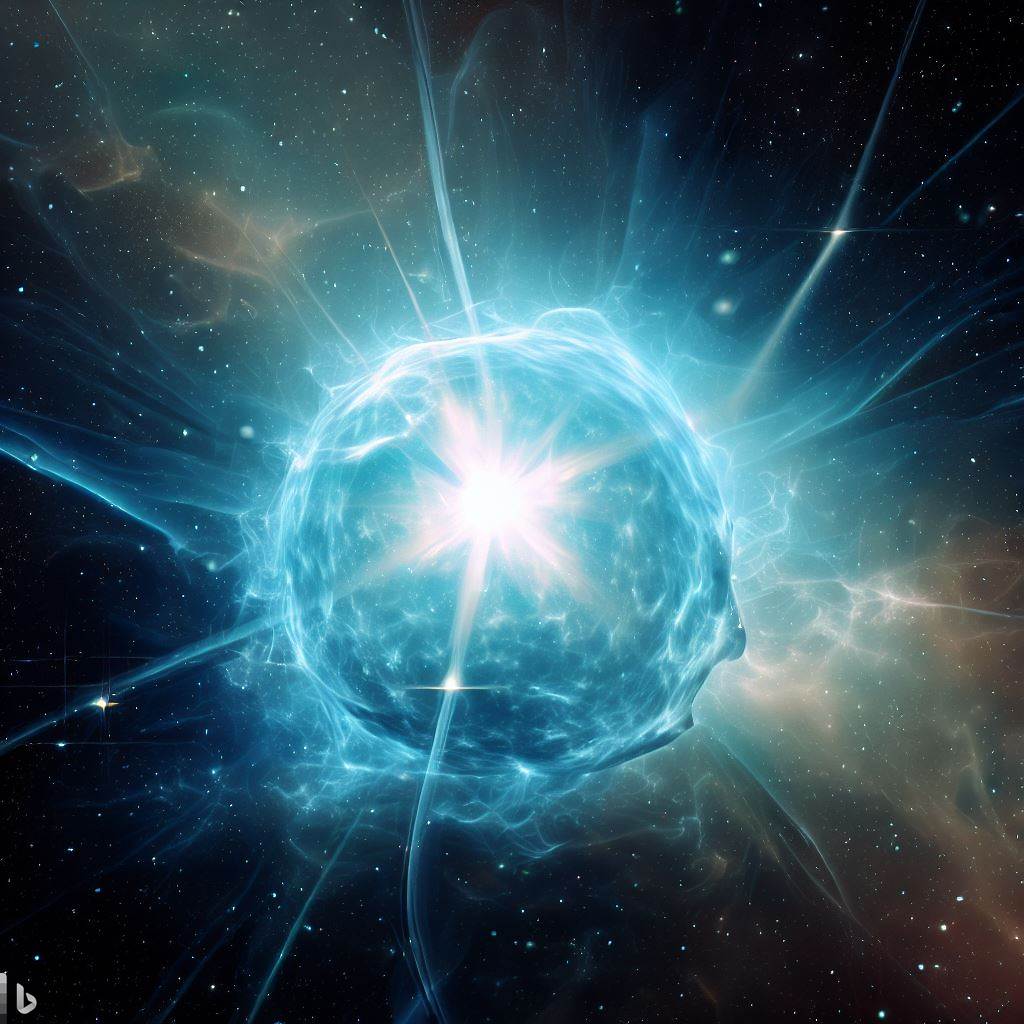Quantum Tunneling: Journeying Through the Quantum Barrier
Title: Neutron Stars: Exploring the Incredible Densities of Cosmic Relics
Introduction: In the vast reaches of space, there exist celestial objects of unimaginable density and extraordinary physics. Neutron stars, the remnants of massive stellar explosions, are among the most fascinating entities in the universe. In this blog, we embark on a journey to demystify neutron stars, shedding light on their formation, mind-boggling properties, and their significance in our understanding of the cosmos.
A Stellar Transformation: To understand neutron stars, let's first explore the lifecycle of massive stars. When a massive star exhausts its nuclear fuel, it undergoes a dramatic explosion called a supernova. The core of the star collapses inward, resulting in the birth of a neutron star.
Incomprehensible Densities: Prepare to have your mind blown as we delve into the mind-boggling densities of neutron stars. To put it simply, imagine squeezing the entire population of Earth into a sugar cube! Neutron stars are incredibly compact, with their matter packed tightly together, creating a gravitational pull that defies our intuition.
Structure and Composition: Neutron stars have distinct layers. At the outermost layer, we find the crust, which is solid and composed of incredibly dense atomic nuclei. Beneath the crust lies the mind-bending dense core, primarily made up of neutrons, hence the name "neutron star."
Pulsars: Celestial Beacons: One of the most captivating aspects of neutron stars is the presence of pulsars. Pulsars are rapidly rotating neutron stars that emit beams of electromagnetic radiation. These beams sweep across space like cosmic lighthouses, and as they rotate, we detect regular pulses of radiation. Pulsars are incredibly precise timekeepers and have revolutionized our understanding of astrophysics.
Exotic Neutron Star Varieties: Neutron stars come in various flavors, each with its intriguing properties. Magnetars are neutron stars with exceptionally strong magnetic fields, which can generate powerful bursts of energy. Quark stars, although hypothetical, are theorized to be composed of even denser forms of matter called quarks, challenging our understanding of fundamental particles.
Neutron Stars as Collaborators: Neutron stars often engage in fascinating cosmic partnerships. Neutron star binaries are systems where two neutron stars orbit each other or interact with other stars. These interactions can lead to breathtaking events such as gravitational waves, neutron star mergers, and the creation of heavy elements.
Neutron Stars: Laboratories of Extreme Physics: Neutron stars provide unique opportunities to explore extreme physics. Scientists study them to understand the behavior of matter under extreme conditions, delve into nuclear physics, and test our understanding of gravity. Neutron stars also play a role in the cosmic recycling of elements, enriching the universe with heavy elements forged within their fiery cores.
Conclusion: As we conclude our journey into the fascinating realm of neutron stars, we marvel at their mind-bending densities, remarkable properties, and their significance in unraveling the mysteries of the cosmos. Neutron stars stand as testaments to the extremes of nature, offering us a glimpse into the astonishing forces that shape our universe. While their depths may be difficult to comprehend fully, exploring neutron stars pushes the boundaries of our knowledge, ignites scientific curiosity, and inspires us to continue unlocking the secrets of the cosmos.
